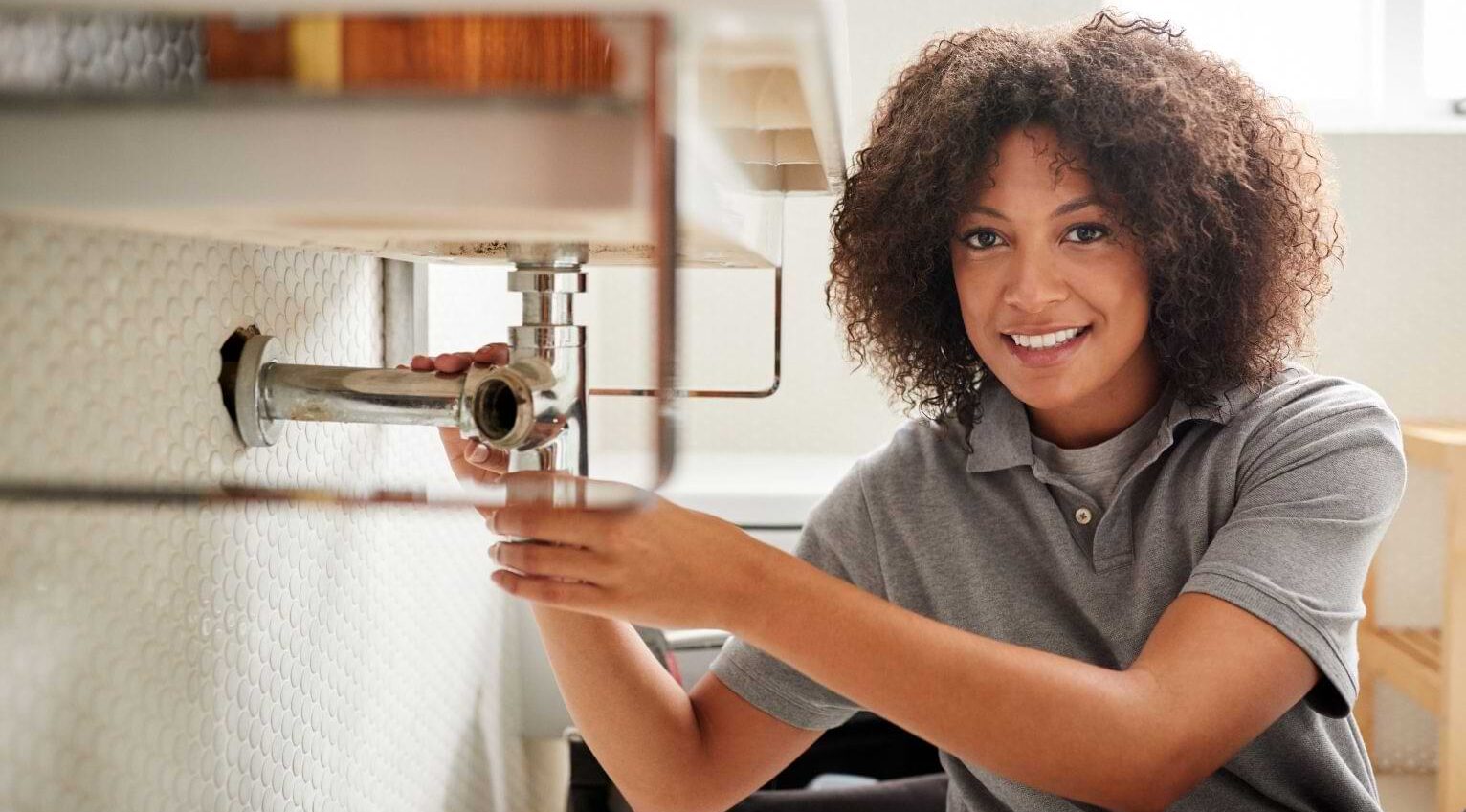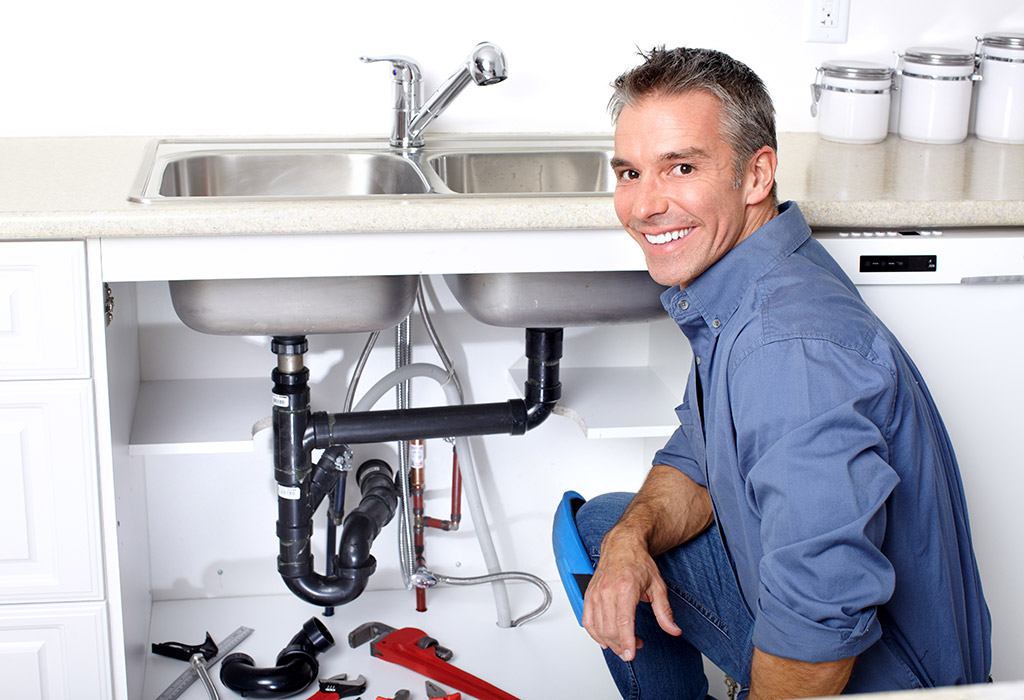Reliable Plumber Alabaster AL for All Your Emergency Requirements
Wiki Article
A Detailed Guide to Reliable Hot Water Heater Installment for Ideal Efficiency
Beginning on the task of installing a water heating unit is a venture that requires precision and an organized technique for accomplishing ideal performance. As you proceed, the complexities of connecting water supply lines and setting up trustworthy electrical or gas connections await, encouraging insights right into ensuring efficiency and integrity.Selecting the Right Hot Water Heater

Next, think about the size and capacity of the water heating unit. It's crucial to analyze your home's warm water needs, which can differ based on the variety of passengers and their use patterns. A device that's as well little may cause inadequate hot water, while a large model could cause unnecessary energy consumption.
Efficiency scores additionally play a pivotal role in option. Seek hot water heater with high Energy Aspect (EF) ratings, indicating exceptional performance and decreased power use. Tankless models, though usually much more costly in advance, deal substantial power financial savings in time as a result of their on-demand home heating capabilities.
Preparing the Installation Location
Prior to setting up a brand-new water heating unit, thorough preparation of the setup area is vital. This ensures a smooth installation process and aids avoid future complications (Plumbing Alabaster AL). Begin by choosing a proper location that abides by regional structure codes and safety and security standards. The location must be completely dry, well-ventilated, and accessible for upkeep. It's vital to determine the area carefully to suit the hot water heater's measurements, ensuring adequate clearance around the device for efficient procedure and maintenance.Check the floor for security, as the water heating unit will certainly need a strong, level surface to operate successfully. If required, install a drip pan underneath the device to capture prospective leakages or spills, preventing water damages to the surrounding area.
In addition, guarantee that all required tools and products are on hand before beginning the setup. This includes items such as wrenches, screwdrivers, a level, and any kind of extra equipment needed for protecting the heating unit and installing. A well-prepared installment area sets the structure for an effective water heating system configuration, maximizing performance and security.
Connecting Water System Lines
When linking water supply lines to your newly set up hot water heater, it is crucial to ensure that all connections are leak-free and safe and secure to keep efficient operation and protect against water damages. Begin by recognizing the cold and warm supply of water lines. The cold water inlet is generally noted with a blue tag or a "C", while the warm water electrical outlet is marked with a red label or an "H".Usage flexible water heater connectors to promote a simpler installation procedure. Prior to attaching the connectors, position a plumber's tape around the threaded ends of the water heating system's inlet and outlet pipes.
When links remain in place, gradually activate the primary supply of water shutoff. Evaluate each link for leakages by visually really feeling and checking for dampness. Tighten links as essential, and make sure the stress safety valve is appropriately installed, protecting against too much pressure accumulation.
Establishing Electric or Gas Connections
Correctly establishing the electric or gas links for your hot water heater is an important step to make sure secure and reliable procedure. For electrical hot water heater, start by confirming that the electric circuit is suitable with the heating system's voltage and amperage demands. Make certain the power supply is transformed off at the circuit breaker to stop accidents. Link the electrical wires to the heating system following the producer's wiring representation. Generally, this includes connecting the ground cable to the eco-friendly terminal, and the continuing to be cables to their equivalent terminals, protecting each with cord nuts.For gas water heating systems, safety and security is paramount. Attach the gas line to the water heater making use of a versatile gas adapter, guaranteeing it is properly threaded and secured with pipeline joint substance or Teflon tape suitable for gas links.
Once connections are made, evaluate for any kind of prospective leakages. For gas lines, use a soapy water solution to the joints; bubbles show a leakage. For electrical links, double-check that all wiring is safe and secure and properly protected, keeping conformity with neighborhood electric codes.
Testing and Readjusting for Efficiency
With the electric and gas connections securely in location, the following step is reviewing the functional effectiveness of your water heater. Begin by carefully turning on the water supply and making sure there are no leakages at any of the joints or shutoffs.Next, carry out an extensive inspection to guarantee the heating components or burner are operating correctly. For dig this electrical heating units, utilize a multimeter to confirm if the components are attracting the ideal current. In gas models, observe the heater fire; it ought to be blue and steady, showing reliable combustion.
Change the settings as essential to remove ineffectiveness. Take into consideration implementing insulation steps, such as adding a hot water heater covering, to additionally boost efficiency by minimizing warm loss. Additionally, inspect the anode rod's problem, as a scrubby pole can reduce effectiveness and lead to tank corrosion.
Conclusion
Efficient hot water heater installment is essential for making sure ideal efficiency and power cost savings. By picking the proper kind and size, and diligently preparing the setup area, a foundation for success is developed. Safely connecting water supply lines and meticulously setting up electric or gas connections minimize prospective site web issues. Detailed testing for leaks and exact thermostat changes to 120 ° F improve reliability and efficiency. Sticking to these steps advertises long-term functionality and energy preservation in domestic water home heating systems.
Properly establishing up the electrical or gas connections for your water heating unit is a vital step to ensure safe and efficient operation. For electrical water heaters, begin by verifying that the electric circuit is compatible with the heating unit's voltage and amperage demands. Link the gas line to the water heating unit making use of an adaptable gas adapter, ensuring it is effectively threaded and secured with pipeline joint substance or Teflon tape ideal for gas links.
Report this wiki page